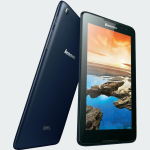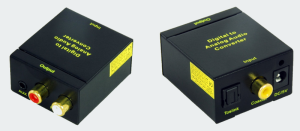When going to travel for hours by car with my kids, I usually copy some cartoons on their tablets before leaving. A question which arose recently was: how to play a movie from one tablet on the others, while there is no network in the car. Answer: using BubbleUPnP and Wifi-Direct.
Click to Read More
The question arose as I forgot once to copy cartoons on one of the tablets. Being in the car, I had no Wi-Fi network to connect the devices (no wireless router). And I didn’t want to use a mobile data connection as, being in a foreign country, the cost would have been excessive. So I had to find another solution.
Looking on internet how to share media or files between two devices without Wi-Fi access point, I found that the modern way to go was: wifi-direct.
Connecting devices via wifi-direct was easy as natively supported by Android, as well as iOS (one can find many how-to on internet). But next, how to access the media on other devices was more tricky.
Usually, on mobile devices, I am using:
- Plex connected via internet to play media from my NAS.
- Plex to play media synced locally on the device.
- Plex to play media synced on another device with Plex «advertised» on the LAN, by that device, as a server (see settings of Plex on the mobile device).
- Archos Video to play media available locally (internal or external strorage) or via FTP, SMB shares or UPnP.
- Possibly MX Player to play media while directly browsing the storage of the device.
I also used to play media via UPnP with MediaHouse as, just like Plex and Archos Video, it is managing libraries of movies with metadata automatically fetched from internet. But that was before getting support for UPnP within Archos Video.
As Archos Video and Plex are IMO, the very best apps to manage libraries of movies, my hope was to use them. Unfortunately, none of them was able to access media on the other devices using Wi-Fi direct… Plex didn’t see the Plex servers running on the other devices, and Archos Video didn’t even display any menu to access media via network. I think that none of them was aware there was actually a network (WLAN Direct).
As I read that UPnP over Wi-Fi direct was very well supported (it’s now a standard), I thought that a solution could be to use an upnp server/client. My favorite being BubbleUPnP, I gave it a try. And good news, it works like a charm. I was able to play the same cartoon simultaneously on three devices without any hiccup (with MX Video as a player).
That being said, I wrote to the developer of Archos Video and on the Plex forum to ask if playing video with their app via wifi Direct was actually supported (with a trick) or would be soon or later…
![]()

